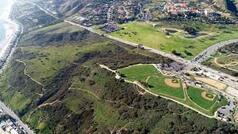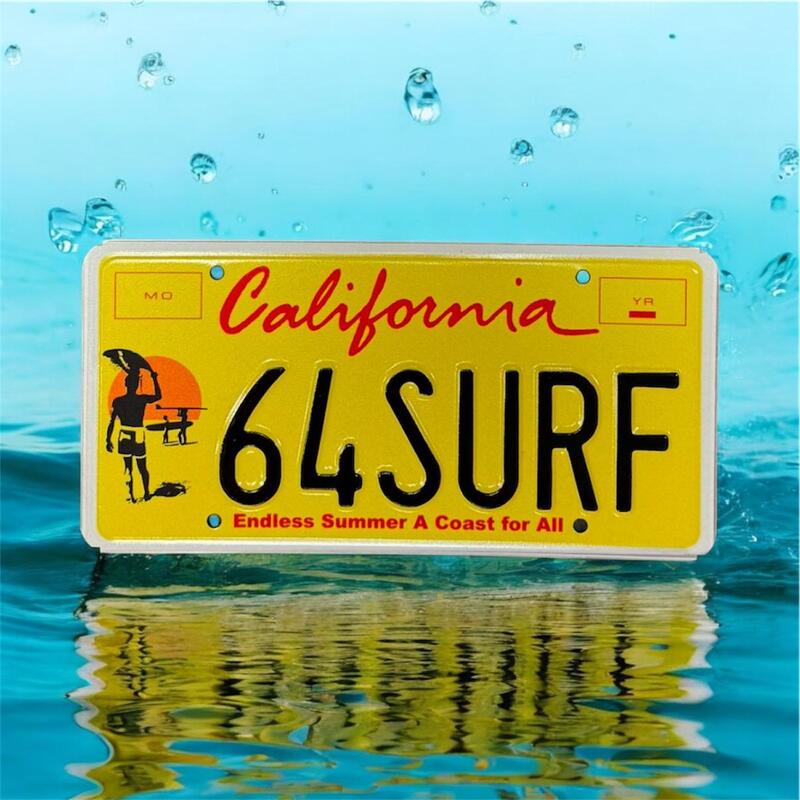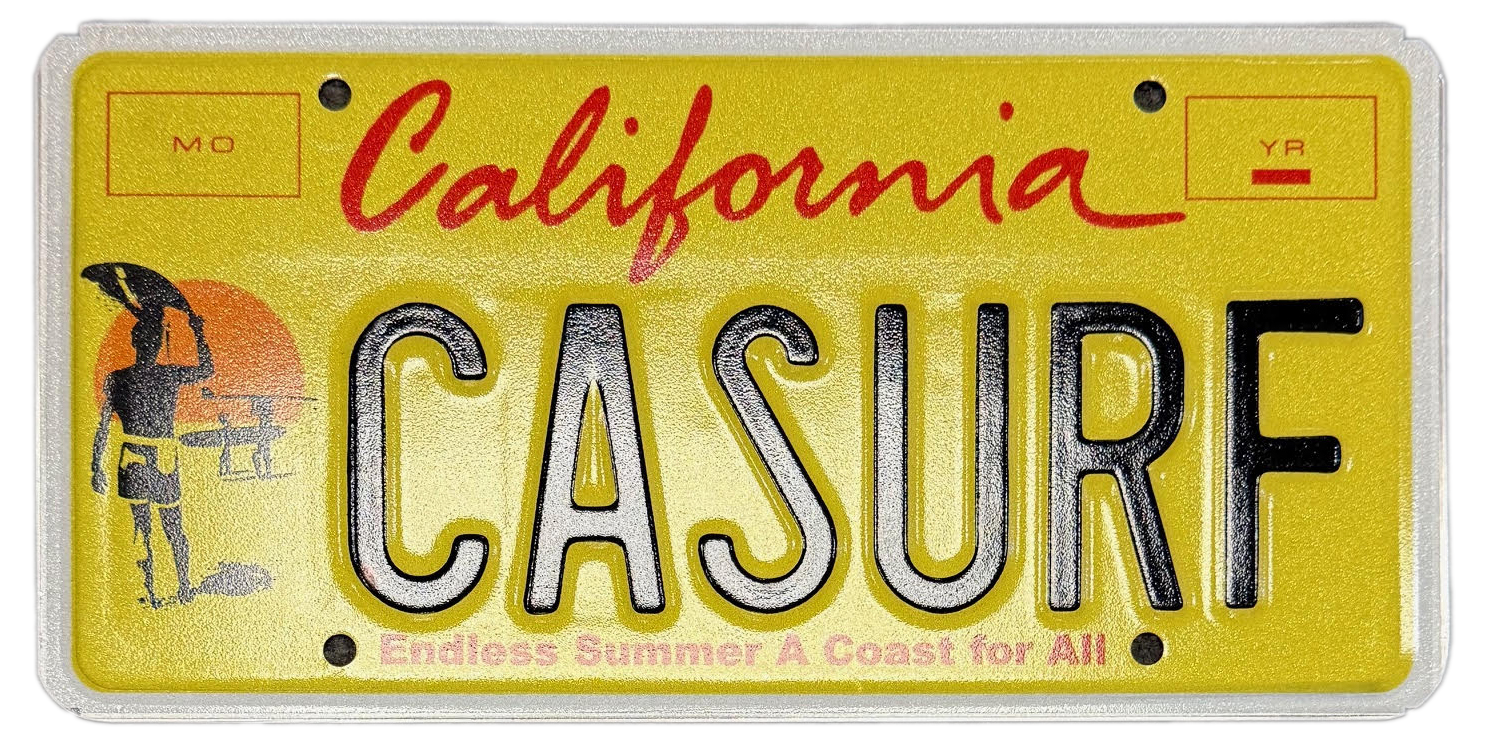California makes history with first listing based on surfing.
The Keeper of the National Register (National Park Service, Department of Interior) has listed Los Angeles' iconic Malibu surfing area in the National Register of Historic Places. This is the first National Register listing centered on surfing history and recognizes Malibu's worldwide contributions to the sport made in the years following World War II -- from surfboard design and production; to a distinct, relaxed, and "cool" style of surfing; to the beach of Gidget and the explosion of surfing's popularity.
The 160-acre Malibu Historic District is entirely composed of public property and includes: the First Point, Second Point, and Third Point surf breaks, the Malibu Pier, and portions of both Surfrider and Malibu Lagoon State Beaches. The immediate area of eastern Malibu now has three periods of California's cultural history represented in the National Register: the Chumash Humaliwo village site; Stiles O. Clements' Adamson House; and now the Malibu Historic District.
The Malibu Historic District listing establishes a new pathway for coastal conservation -- complimenting established protection models based on natural habitats or important species with those based on historical and cultural significance. The listing is site-specific and secures protections in state and federal coastal project planning explicitly from the point of view of the area's significance, in this case surfing. The listing serves as a qualifying step for additional state protections based on historical significance.
Said Henry Stern, California State Senator (D-27), whose district includes Malibu: "Never before has a surf spot been officially recognized as a historic place in our National Register. Nowhere is more fitting to be first than First Point, and the magical place that is 'Surfrider.' The iconic wave, deep cultural roots dating back thousands of years, and timeless style have always made surfing Malibu historic. Now it's official."
The 160-acre Malibu Historic District is entirely composed of public property and includes: the First Point, Second Point, and Third Point surf breaks, the Malibu Pier, and portions of both Surfrider and Malibu Lagoon State Beaches. The immediate area of eastern Malibu now has three periods of California's cultural history represented in the National Register: the Chumash Humaliwo village site; Stiles O. Clements' Adamson House; and now the Malibu Historic District.
The Malibu Historic District listing establishes a new pathway for coastal conservation -- complimenting established protection models based on natural habitats or important species with those based on historical and cultural significance. The listing is site-specific and secures protections in state and federal coastal project planning explicitly from the point of view of the area's significance, in this case surfing. The listing serves as a qualifying step for additional state protections based on historical significance.
Said Henry Stern, California State Senator (D-27), whose district includes Malibu: "Never before has a surf spot been officially recognized as a historic place in our National Register. Nowhere is more fitting to be first than First Point, and the magical place that is 'Surfrider.' The iconic wave, deep cultural roots dating back thousands of years, and timeless style have always made surfing Malibu historic. Now it's official."







